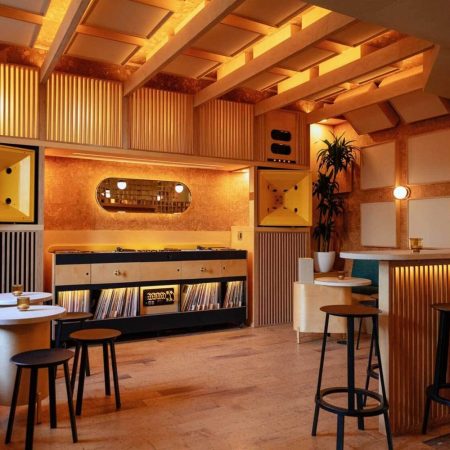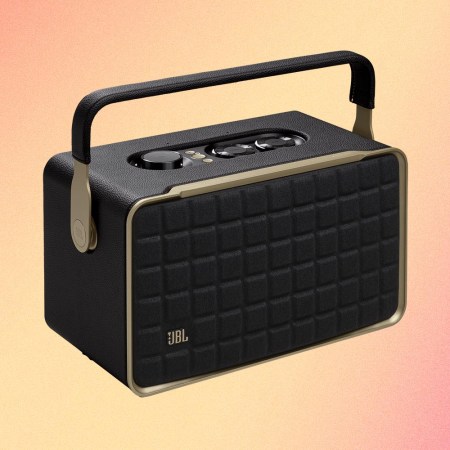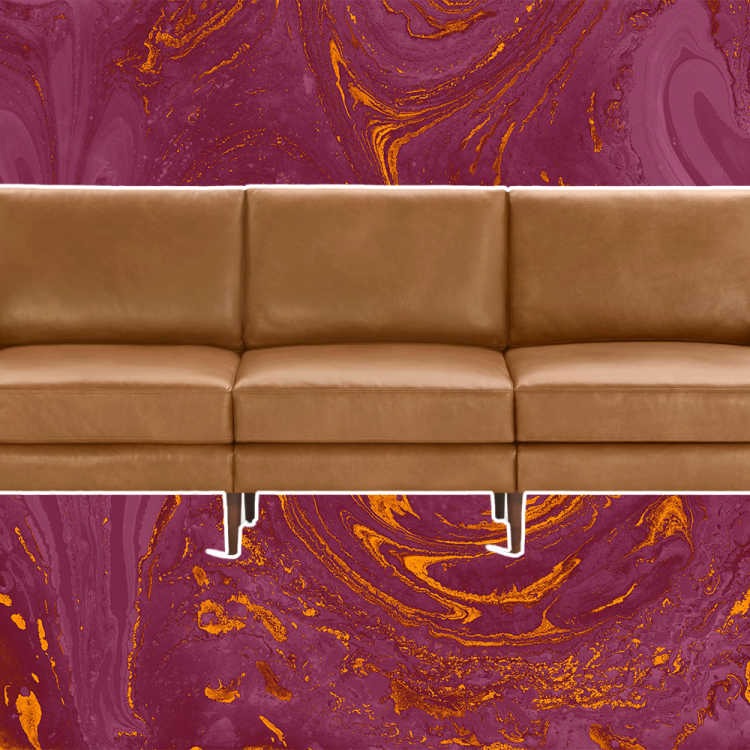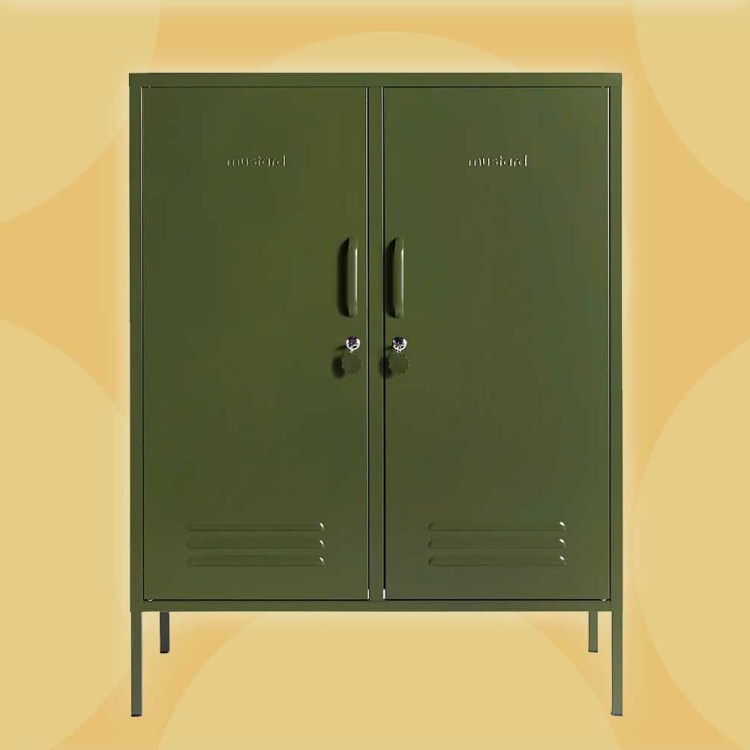Obsessive designer Joey Roth is known and loved for gorgeous, unconventional details that bring art into even the most common household products: tea pots, computer mice and compasses among them.
Speaking to Wired: “If I don’t have to force myself to sleep instead of sketching, reading forums (full of tea or audio nerds, for example) and planning launch strategy, the idea is shelved.”
Safe to say Roth has thrown his full weight and spirit into the newest iteration of his Ceramic Speakers, originally released in 2009, which now sit elevated atop 26-inch aluminum towers he claims “transform [them] into a full-room floor-standing system.”
But do his Ceramic Speakers sound good, on top of these towers or otherwise? After the initial designs for the speakers were ready for production, Roth spent another three years honing the sound on his Ceramic Subwoofer before he was happy with its performance. That effort didn’t deter very knowledgable and picky audiophiles (are there any other kind?) from criticizing his speakers as being basically “a scaled-up tabletop radio,” that is best for talking audio, not music.
Oh and the price? “For an objet d’art, fine. For affordable performance audio even at $500, you can do a lot better elsewhere.”
On the other hand, Roth’s speakers do speak to very particular kind of consumer, the kind for whom aesthetics trump all (and for my part, I don’t find anything inherently wrong in that). To quote an Amazon reviewer of the speakers: “Mostly bought it for looks but I’m happy with the sound …” And another (three-star) review: “Beautiful design, decent sound.” And finally: “These ceramic speakers are a thing of beauty. They get a lot of attention from visitors, and I’m no audiophile, but they sound nice to me.”
So they’ve got the beauty, packaging and probably for the average listener, above-average sound. But if the words tone density, top-end sparkle and frequency response curve mean something to you, the specs — coupled with the $2,350-per-pair price tag — might prompt you to keep your ear to the ground for something else.
This article was featured in the InsideHook newsletter. Sign up now.























